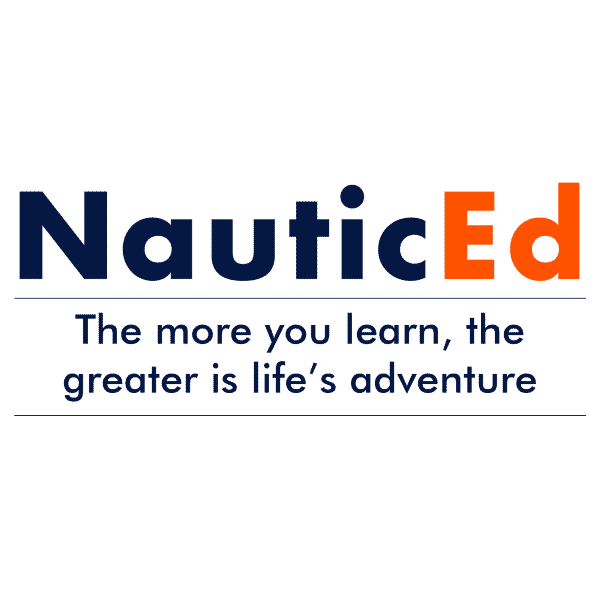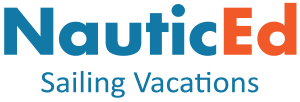The Shortcut Illusion: Why You Can’t YouTube Your Way to Seamanship
In sailing, you see a few different camps of people. There are the “just get out there and figure it out” types. There are the cautious, study-every-detail-before-you-leave-the-dock types. And then there’s the middle group: the people trying to YouTube their way to seamanship.
I know this group well—because I was one of them. When I first got into sailing, I devoured YouTube videos. I bought stacks of books. Friends even gifted me more books. My mindset was: if I read enough, watch enough, and take in enough tips, I’ll be ready.
But here’s the truth: you can’t shortcut your way to competence.
Why YouTube (and Books) Fall Short
It’s not that YouTube is useless. You can pick up tips. You can watch how other people do things. But the problem is structure. YouTube content is built for algorithms, not education. It’s scattered. It’s incomplete. You can’t build a comprehensive foundation from 10-minute influencer clips.
Books have the opposite problem. Static diagrams and text can’t always capture what’s really happening on the water. Sailing is dynamic—wind, current, sails, and physics all shifting at once. A paragraph or a still image can’t replicate that.
The result? You pick up fragments, but not the whole picture. You miss the small details that actually matter. And when you’re out there in real conditions, those gaps show fast.
The Three Pillars of Competence
At NauticEd, we define competence as the combination of three things:
1. Theory Knowledge — Understanding how boats work. The why behind the maneuvers.
2. Practical Skills — Training on the water with someone who knows what they’re doing.
3. Experience — Time on the boat, in different conditions, until it becomes second nature.
You need all three. Leave one out and your seamanship has holes. YouTube might give you glimpses of experience—but not structured theory. Books might give you theory—but not practical context. The only way to actually become competent is to build all three pillars together.
The Smart Path
So what’s the better approach?
- Start with theory courses—something structured, like NauticEd’s online programs, that give you the foundation.
- Find an instructor near you for on-water practical training.
- Then get out with other boaters. Many yacht clubs run regattas or weeknight races where crew is always needed. Owners constantly struggle to find reliable crew.
One caveat: don’t show up empty-handed. If you want to crew, bring something to the table. Even if it’s just showing you’ve taken a course or that you understand the basics. Boat owners don’t want to babysit complete beginners with no initiative. Prove you’re serious, and you’ll get the invites.
The Bottom Line
Can you buy a boat, binge YouTube, and stumble your way into sailing? Sure. People do it. But if your goal is really do it….you need structure. You need a clear pathway that builds upon theory, skill, and experience together.
Otherwise, you’ll stay stuck in that loop of consuming content, missing critical details, and never actually sailing the way you imagined.
Because there’s no shortcut to seamanship.
You can learn more with NauticEd

Sign up with NauticEd for FREE (no obligation) and receive 2 free boating courses, a free eLogbook and boating resume, and more! If you want to get started in boating or are experienced and want to expand your knowledge and skills, consider taking our many online sailing and powerboating courses.








